
Sumo in the history of videogames
10 years ago
Discover the long and way too discreet career of this Japanese traditional sport in videogames.
Sumo is a traditional Japanese fighting sport, and is mainly practiced in its country of origin. Curiously enough, just like the actual sport, and in a time where online videogames weren’t a thing, sumo videogames are known to have been developed only in Japan. In the rest of the world, fighting sport games were about boxing, wrestling or street fighting. The closest to any Asian fighting sport we could find in games was karate.
The first sumo videogame was available to play on Arcade in 1984. The now extinguished Japanese company Technos Japan Corporation developed and distributed a game called Shusse Ōzumō, but only in Japan. Later, the game would be adapted for PlayStation 4 by Arcade Archives. The goal of the game was the same than the sport’s one: to shove your opponent out of the ring. The only difference, however, was that it wasn’t really a championship, but three different combats out of which at least two had to be won to be able to keep playing.
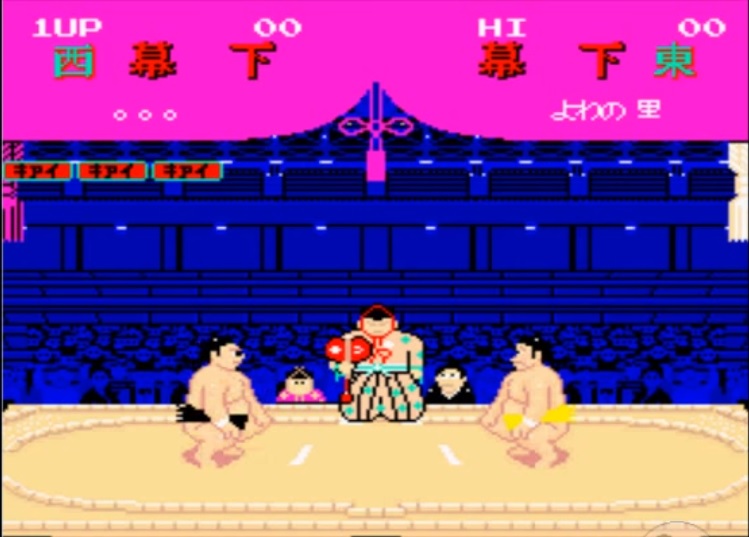
As it was a Japan-exclusive game, the only available language was Japanese. In fact, the title of the game is also in Japanese, the word Ōzumō or Oozumou meaning sumo in that language. In 1985, though, thanks to the 8-bit computer Commodore 64, Sumo Wrestlers, a game distributed by Australian Company Home Entertainment Suppliers (HES), could be played in the US and Europe.
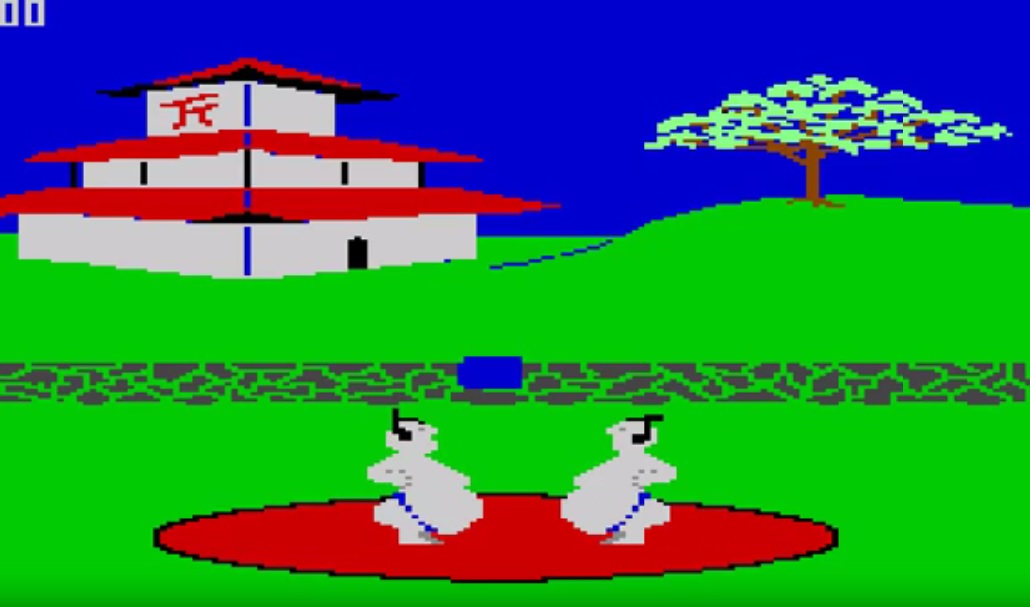
In 1987, Japanese videogame publisher Tecmo would develop what would be the first in a small series of sumo-themed games; Tsuppari Ōzumō. This game would only be available for the 8-bit console Nintendo Entertainment System (NES), and once again, exclusively in Japan. In 2007, it became available for Wii-users in Nintendo’s Virtual Console; a download service for classic videogames for Wii, Nintendo 3DS and Wii U.
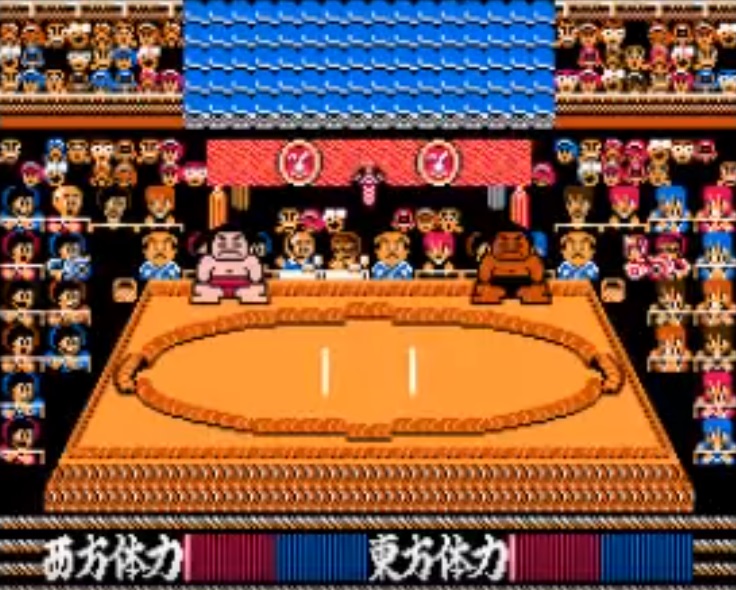
From 2014, it’s also available for Wii U. And in 2009, it became available for Wii in the US under the name Tsuppari Ōzumō Wii Heya - Eat! Fat! Fight! In Tsuppari Ōzumō, the player can create their own sumo wrestler in order to train him and compete in different tournaments to gain the title of Yokozuna—the highest rank a sumo wrestler can reach.
Nintendo published a few more sumo games for NES and in 1992, two years after the launch of their famous Super Nintendo, they published the game Ōzumō Tamashi for this console, distributed by Takari. Once again, this game was only distributed in Japan, but around that time, in 1993, Sumo Fighter was launched for Game Boy in the US, developed by Japanese Kindle Imagine Develop (KID) and published by also Japanese I’Max. In Japan it had been published two years ago, in 1991.
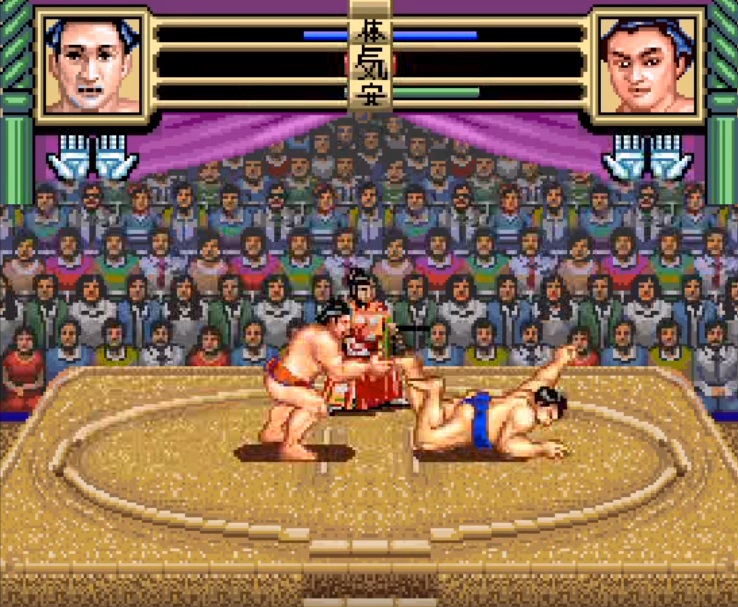
The story in this game also goes further than the usual “fighting to win a championship”: Bon-chan, the main character (Bontaro Heiseiyama in its original version), travels to Kyoto to save Kayo and gains experience and grows as a sumo wrestler on his way by fighting the obstacles laid before him and picking up power-ups.
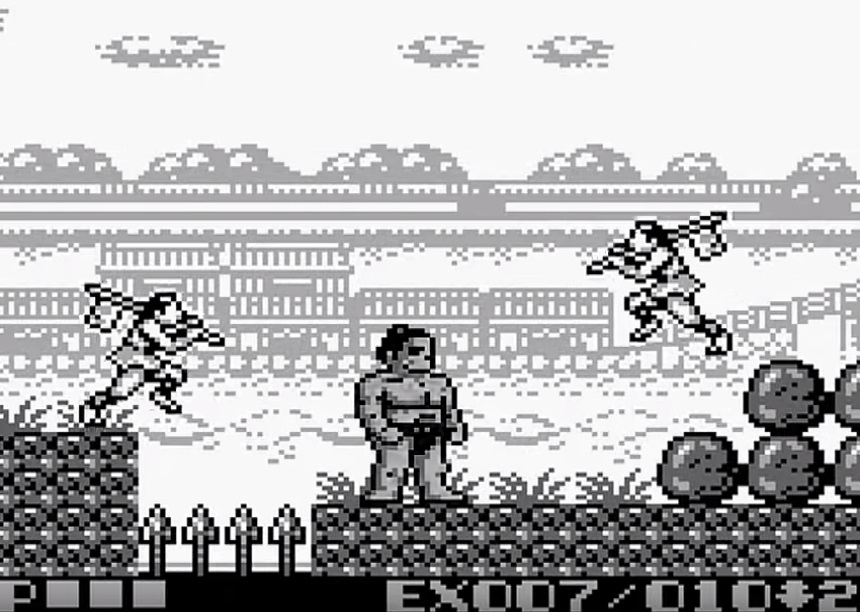
Aside from the games for the NES, Super Nintendo and Game Boy, Nintendo also published the game 64 Ōzumō in 1997 and its sequel in 1999 for the Nintendo 64. This game simulated different aspects of the life of a sumo wrestler, such as diet and training, but again, only in Japan.
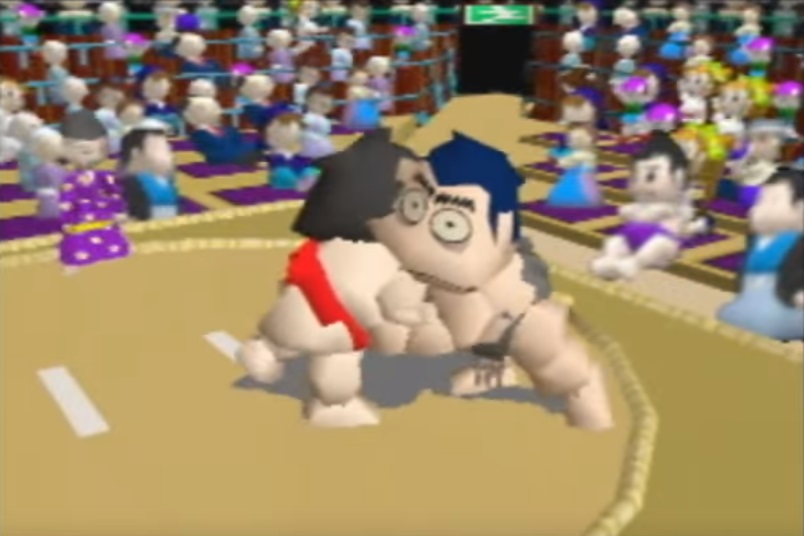
Nintendo platforms aside, there have also been sumo games for SEGA and PlayStation consoles. In 1993, the anime series Aah! Harimanada—inspired by the same-named manga from 1991 by Kei Sadayasu—got a videogame. The videogame was developed and released by SEGA for their Sega Game Gear console, and later also for Sega Mega Drive. PlayStation would also join the traditional Japanese sports games in 2000, when they launched Nippon Sumō Kyōkai in Japan, distributed by Konami for PlayStation 1, though later it would also be launched for PlayStation 2. One year later, they would include sumo wrestling in their videogame series Simple 1500 Series Vol. 58: The Sumo.
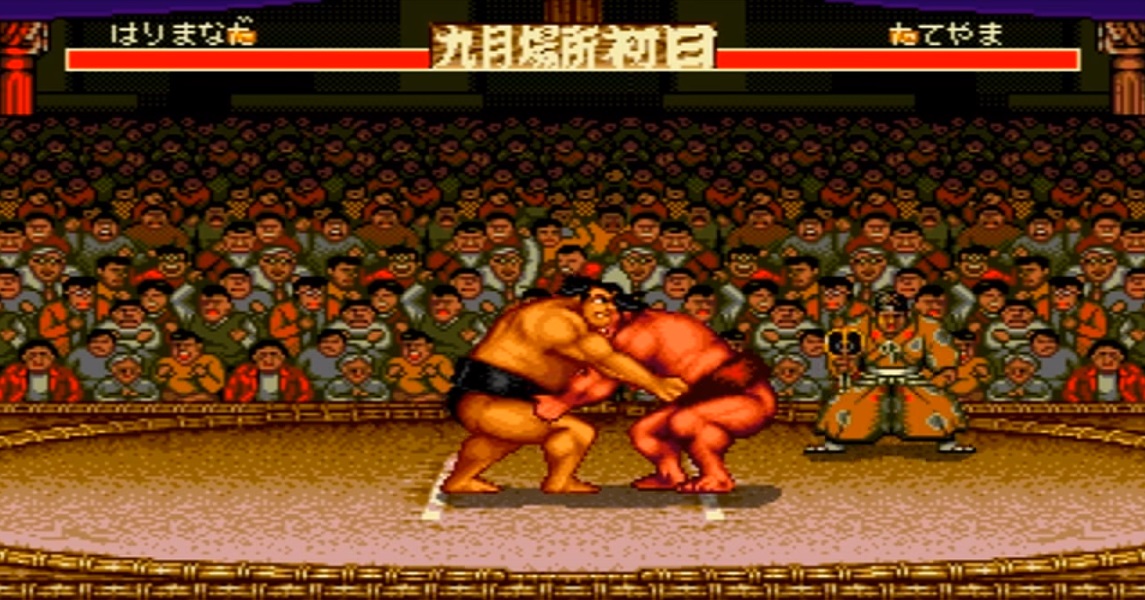
And last but not least, this 2015 Spritted has released their own funny and peculiar version of this ancient sport. Wrestle Jump: Sumo Fever tests your abilities as sumo wrestler and is a tribute to the long, but very discreet career of sumo videogames.

Article written by Paula Gil Alonso